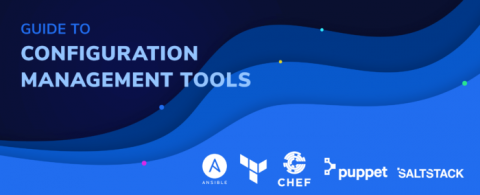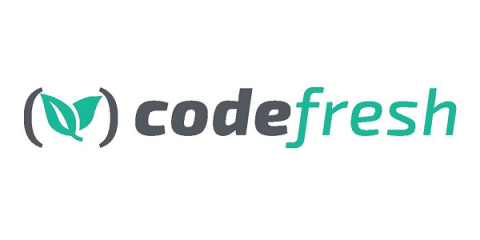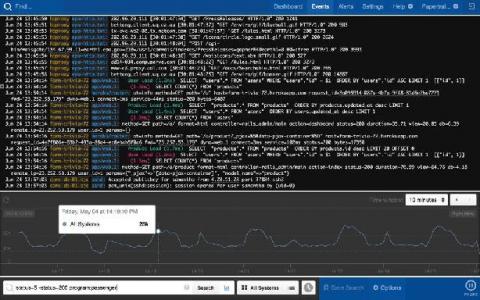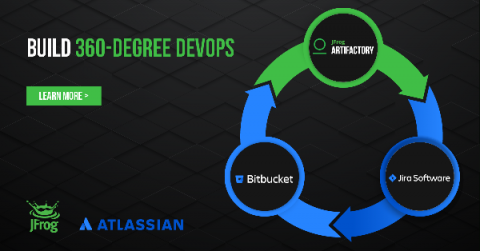The Definitive Guide to Configuration Management Tools
Many of the available configuration management tools, such as Ansible, Terraform, Puppet, Chef, and Saltstack provide automation for infrastructure, cloud, compliance and security management, and integration for deployment and continuous deployment (CI / CD). But what is the best tool to start automating your particular environment? The difficult task of evaluating Configuration Management Tools prevents DevOps from evolving technically and proposing improvements to the environment they manage.











